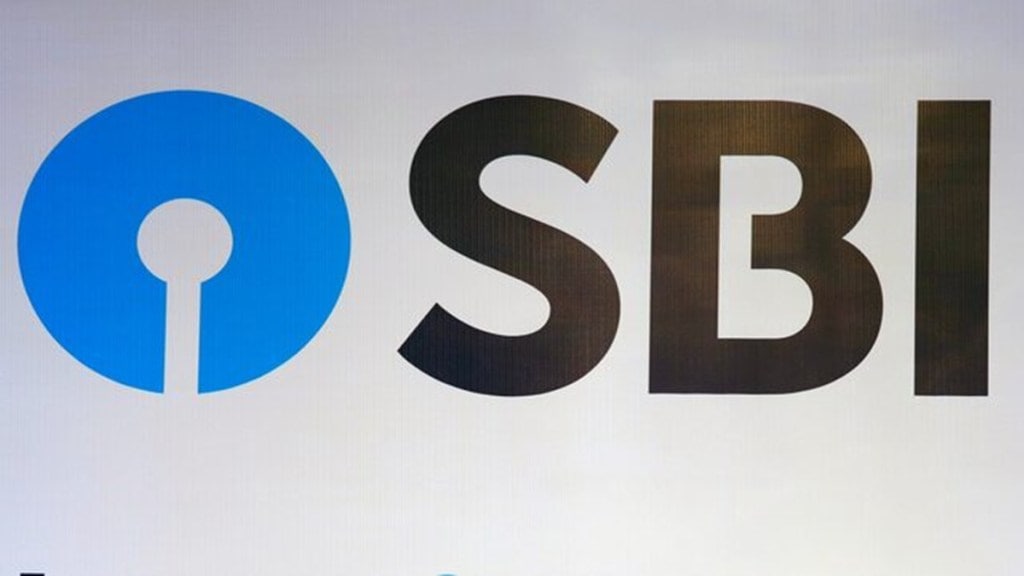State Bank of India (SBI) aims to bring back its current account-savings account (CASA) ratio to 40%, which will reduce costs and protect its net interest margins, chairman CS Setty said during an analyst call.
The bank’s CASA ratio has consistently declined over the past two years, falling to 39.20% at the end of December 2024, from 43.80% in March 2023.
“In the last nine months, we have acquired 950,000 customers and salary customer accounts, which means the CASA ratio would come back to 40%. That is our target, which would also bring down the cost of resources,” said Setty.
The bank’s CASA ratio has declined from 41.11% in March 2024 to 40.7% in June and to 40.03% in September. The entire banking sector is witnessing the trend of CASA contraction as depositors have been moving funds to high-yield fixed deposits.
Banks prefer to keep high levels of CASA as these are sticky and a cheap source of funds. A higher CASA ratio indicates that the cost of funds for a bank is lower, which helps boost its earnings.
“In terms of cost of resources, there is a conscious effort to increase the savings bank portfolio and increase the CASA. Probably, the deposit mix will be undergoing a change,” said Setty. “We are making a great effort in that direction and that is one way of bringing down the cost.”
“A behavioural shift is being seen because of higher interest rates that term deposits offer,” said managing director Vinay Tonse. “Whenever there is a gap between savings bank interest rate and term deposit rates because of the high interest rate scenario, there is a temptation for balance holders to shift to term deposits. We are witnessing that trend.”
The bank is continuing with its strategy to open branches for expanding reach. The bank has unveiled 277 branches in the first nine months of the fiscal. The plan is to open 400 branches in FY25. “We already have reached 22,800 branches (as of February 6). In this financial year, we have opened 277 (branches) as of now. The plan is to touch 400 for sure, and maybe around 425-430,” said Tonse.
The NIM of the lender shrank to 3.15% in Q3FY25, from 3.27% in the second quarter, and 3.34% in the year-ago period. The management expects the NIM to be higher than 3% in the current financial year.
“The cost of resources definitely has gone up, majorly contributed by the cost of deposits. The margin compression was a combination of this cost of resources going up and treasury gains not being at par with the second quarter. But our core focus on qualitative advances growth continues to be there,” said Setty.

